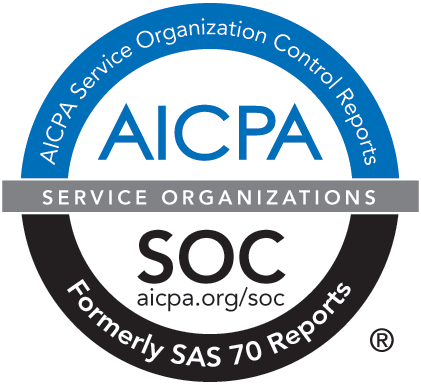Spring-Clean Your Investment Strategy: The Role of an IPS
March 20, 2025 - For nonprofits, developing an Investment Policy Statement (IPS) that aligns with their financial goals and objectives is crucial for long-term investment success.
What is an IPS?
As fiduciaries of institutional assets, all nonprofit organizations should establish an Investment Policy Statement (IPS). An IPS serves as a guiding document that outlines the institution’s financial goals, investment objectives, and the roles of all parties involved in managing the portfolio.
For smaller institutions with minimal assets, an IPS can be relatively simple. However, as an organization grows, its IPS should naturally evolve to reflect its expanding investment needs and complexities.
Why Do You Need an IPS?
An IPS provides a structured framework for managing investment assets and defining responsibilities, ensuring consistency even as leadership and stakeholders change over time. Typically developed collaboratively between the nonprofit and its Outsourced Chief Investment Officer (OCIO), an IPS establishes guidelines that help organizations meet their financial targets.
Beyond defining investment strategy, an IPS also helps set and manage expectations regarding market conditions and their potential impact on both short- and long-term investment goals. It serves as a strategic tool that informs spending policies and ensures prudent fiduciary oversight.
Many nonprofit institutions manage multiple pools of assets, each requiring distinct investment policies based on its objectives.
Examples include:
- Endowment Fund – Perpetual time horizon, higher risk tolerance and specific spending policy requirements
- Intermediate Fund – Typically a 5 to 10-year time horizon, moderate risk tolerance and annual liquidity needs
- Operating Assets/Building Fund – Short-term time horizon, low risk tolerance and a strong focus on liquidity
Key Components of an IPS
A well-structured IPS should include the following core sections:
- Mission & Investment Philosophy – Defines the nonprofit’s purpose and strategic objectives.
- Investment Objectives – Establishes specific financial goals and risk tolerance levels.
- Distribution Policy – Details guidelines for fund distributions to maintain financial stability.
- Strategic Asset Allocation – Outlines target asset mix and diversification strategy.
- Rebalancing Policy – Provides guidelines for maintaining asset allocation over time.
- Responsibilities & Roles – Defines the roles of key stakeholders, including the investment committee, OCIO and other fiduciaries.
By developing a comprehensive IPS, nonprofit organizations create a disciplined and strategic approach to investment management while staying aligned with their mission.
Developing your IPS with HighGround
HighGround is a trusted provider of nonprofit investment management, offering tailored solutions based on each client’s needs and resources. Our comprehensive approach extends beyond portfolio management to align with your organization’s overall goals.
As an experienced OCIO, HighGround collaborates closely with nonprofits to develop or refine their IPS. We begin by assessing key factors such as risk and return objectives, investment horizon, liquidity and distribution requirements, tax and legal considerations, and any unique constraints. Our team then conducts asset allocation analysis to build an optimal portfolio that maximizes the probability of achieving investment objectives while managing overall risk.
The IPS development process also includes defining roles and responsibilities, documenting spending policies (if applicable), and establishing monitoring parameters to ensure accountability. Once a portfolio is invested, HighGround continuously monitors and adjusts strategies to ensure alignment with the IPS and evolving organizational needs.
If HighGround is not yet your trusted OCIO, we would welcome the opportunity to support your mission. Contact our expert team today at 214.978.3300 to learn more.



